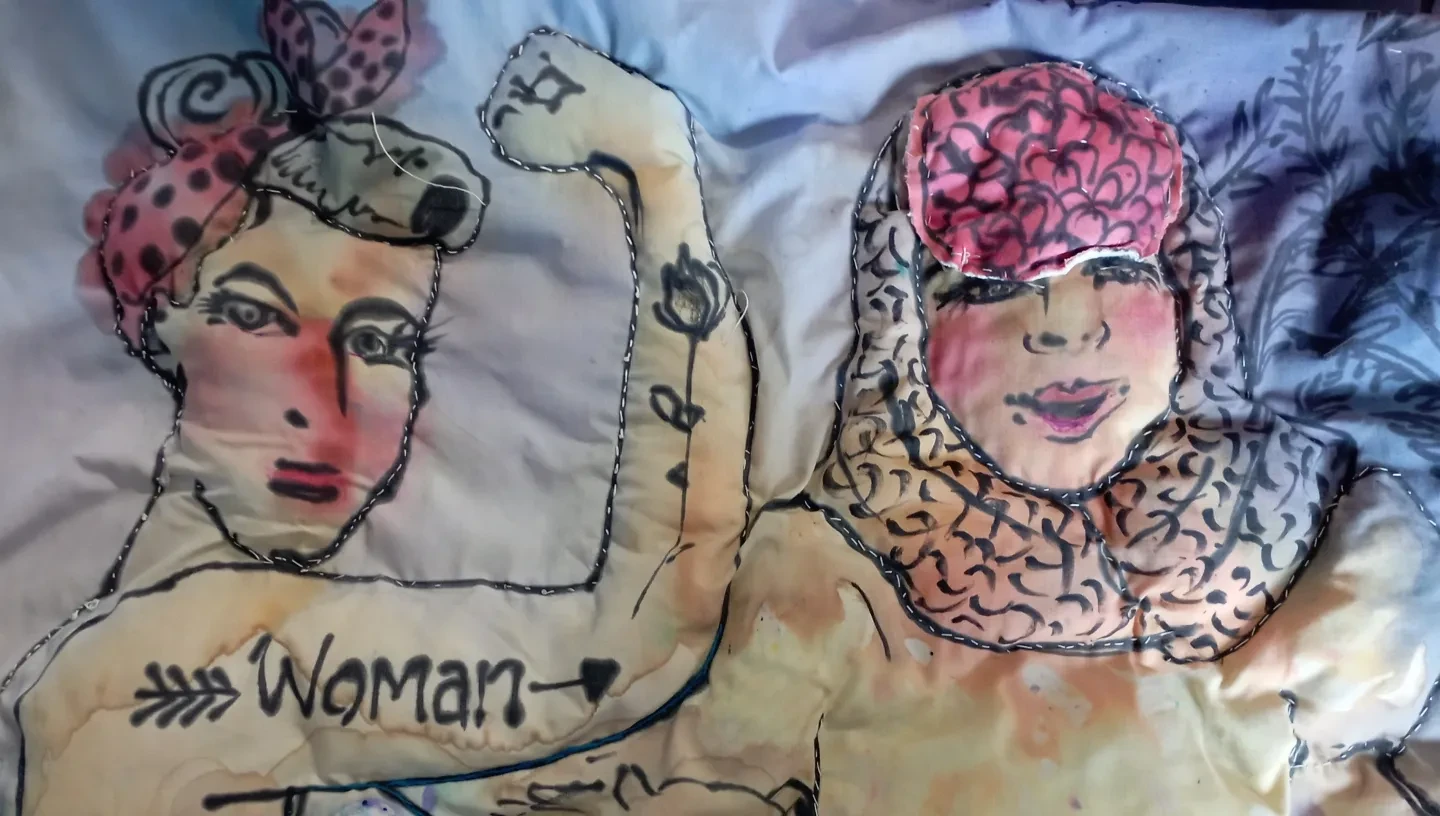
A community art project for women, a creative journey of reflection, discovery & sharing
Background to the project
This creative project has been developed in partnership with HER Centre, Woolwich, to give women the opportunity to engage with the meditative and often healing properties of making art. We run these six-week courses twice a year. They were established by Royal Museums Greenwich's Engagement team in 2020 in response to statistics that showed that women in the Royal Borough of Greenwich have a lower life expectancy than in many of the boroughs across London and areas of the UK due to different social determinants of wellbeing.
The museum provides a safe and relaxing space for the women to try something new, develop new skills, connect to others and share in the creative experience.
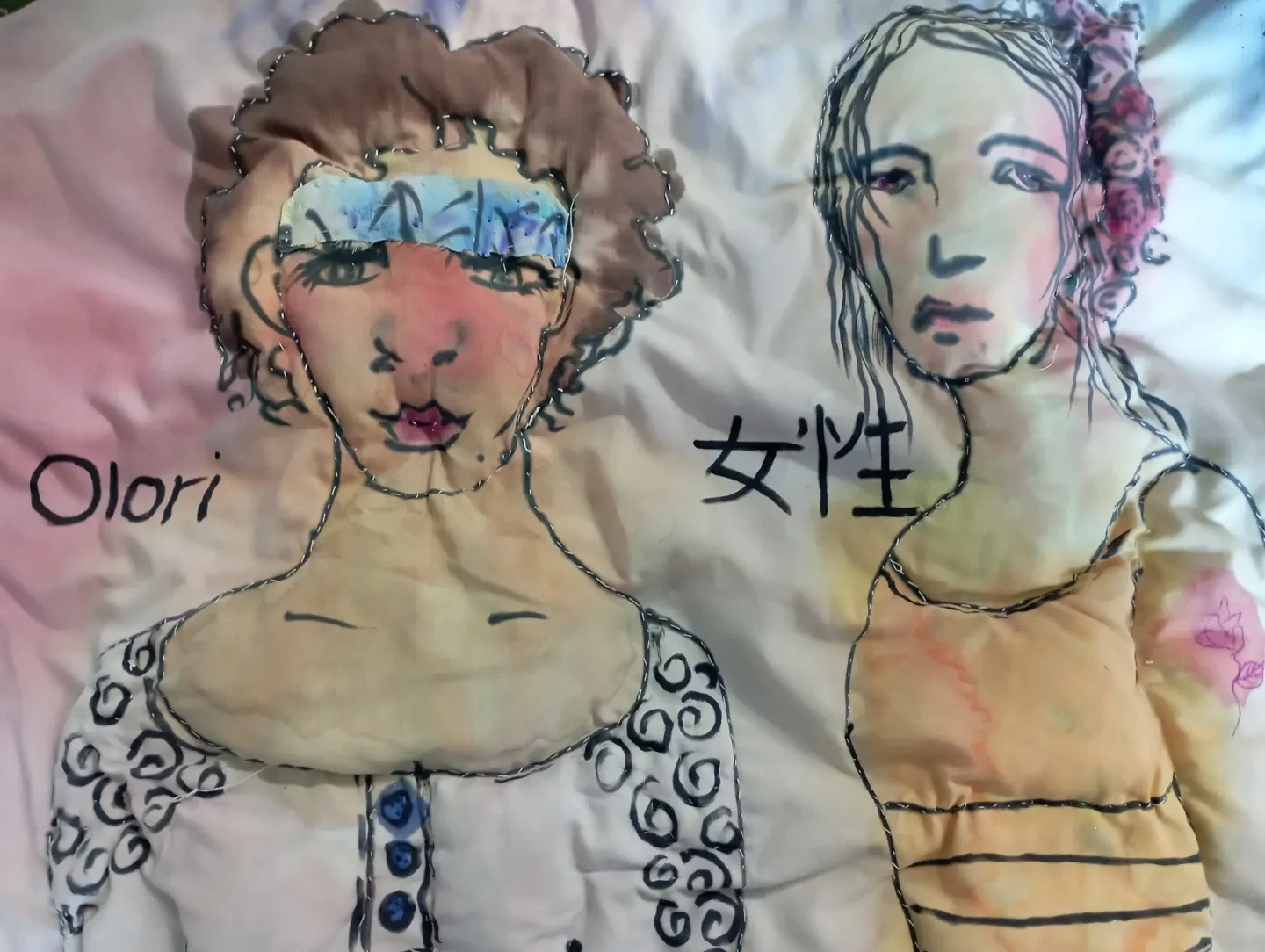
What did the project involve?
During this project, participants had the opportunity to develop their personal responses to the theme 'Botanics & Healing' through the exploration of different arts and craft processes including, weaving, printing, plaster casting, silk painting and mark making. For this project we also worked with Bromley & Croydon Women's Aid. The following series of creative workshops were led by artist Elizabeth Fabian, and inspired by the artist Anju Kasturiraj.
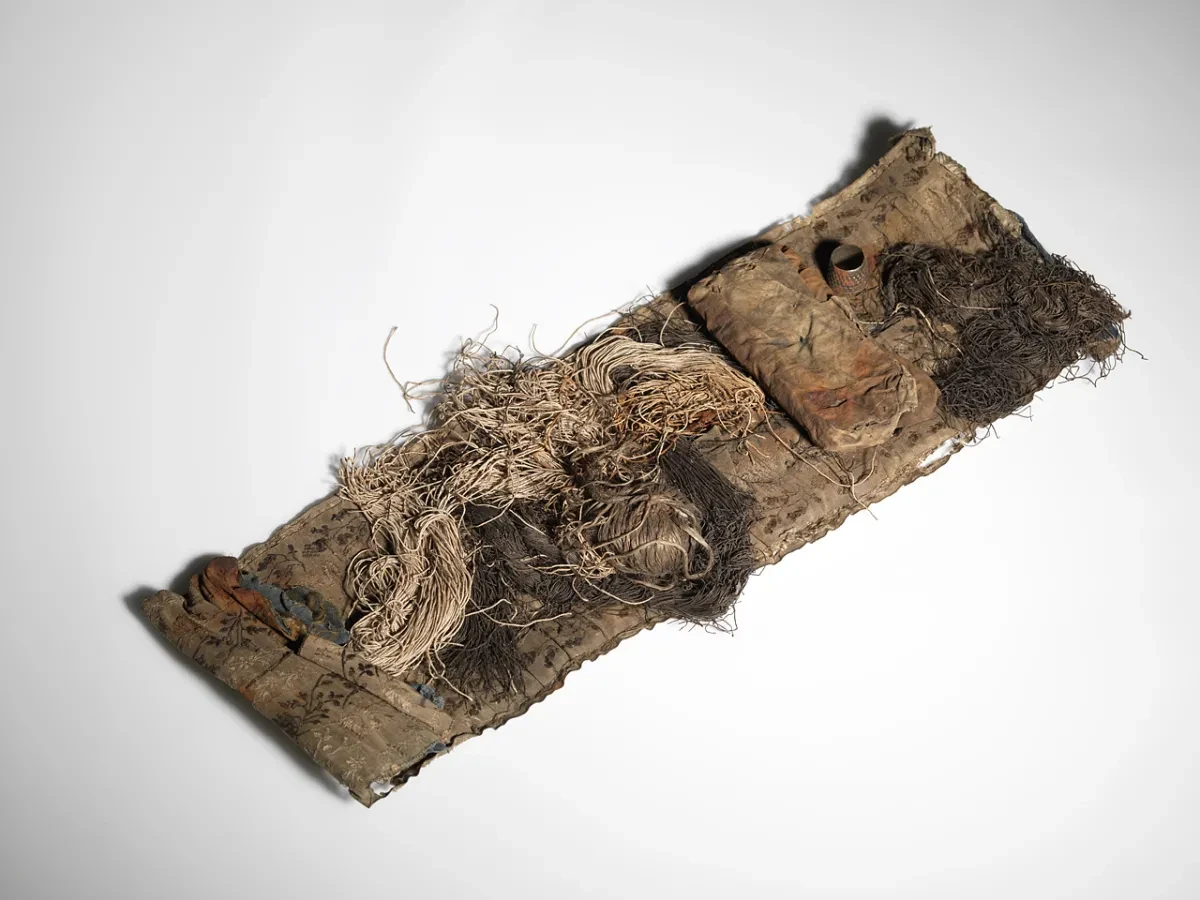
The botanical theme was devised in response to a museum object called the Sailor’s Housewife (pictured). This sewing kit was made with botanical materials including oak leaves, acorns and clover plants. It would have been carried by sailors so they could mend their uniforms.
The idea of mending & connection was a recurring point of reflection throughout the series of workshop: thinking about mending and the invisible threads that connect us, informing, memory, identity and linking past, present & future.
The title of the workshop 'Rose, Stem and Thorn' provided a conceptual link to the botanics observed in the object.
As a starting point, the group explored the symbolism inherent in a rose, using it as a visual metaphor to identify and reflect on personal strengths, achievements and challenges yet to overcome. The rose was used as a tool for self-reflection and a sharing prompt that took on different forms, expressed through art, text based responses and the spoken word.
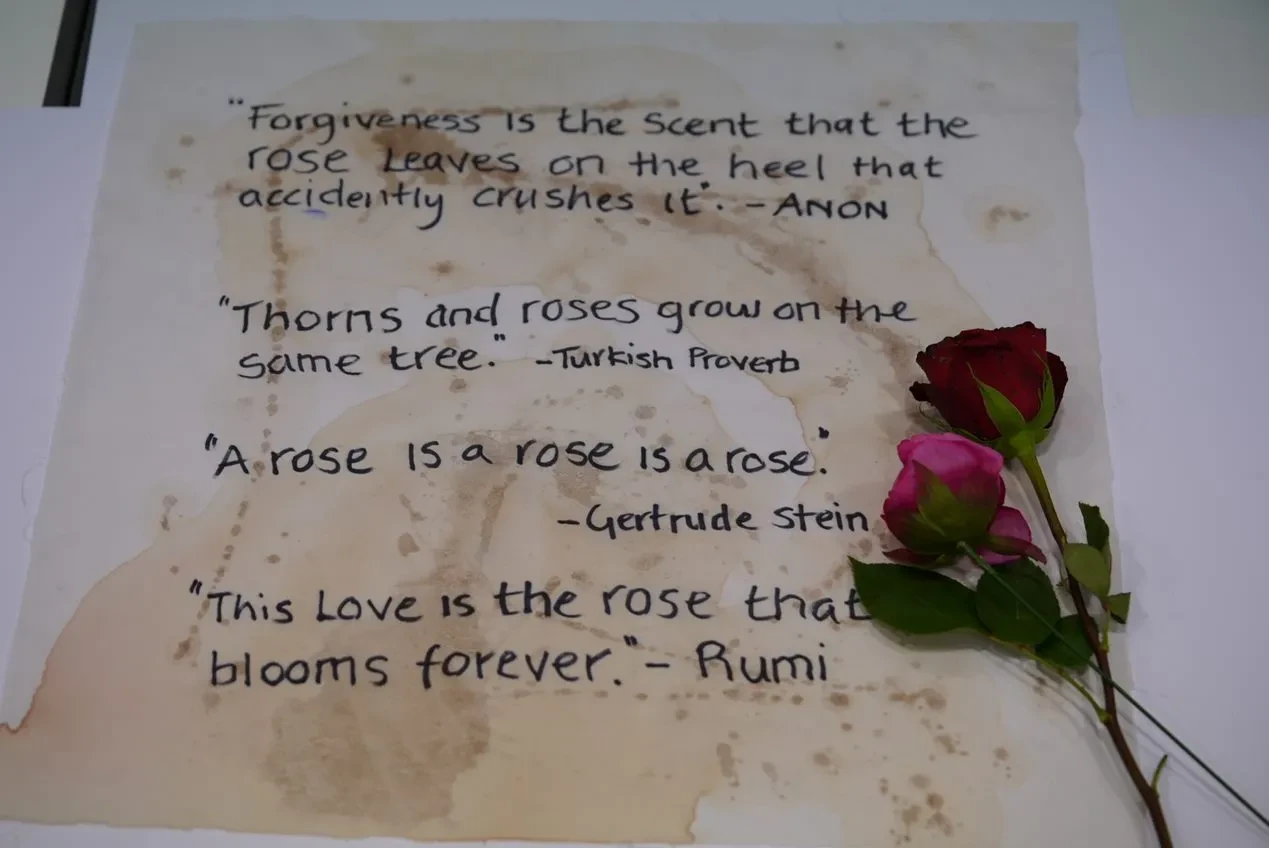
Find out more about what the sessions involved below.
Workshop 1: Weaving and mending
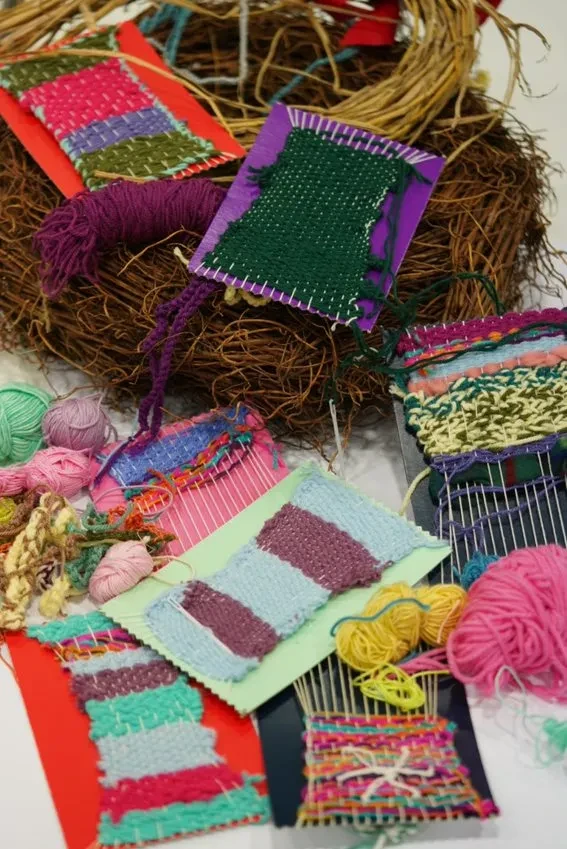
Participants took part in an intuitive making session using simple weaving techniques and natural materials such as wool, braids, hessian and straw to create textural pieces.
The workshop allowed women the opportunity to discuss their shared experiences, celebrating diversity and belonging. In this session, the participants also examined the unique position London holds in terms of its historical connection to the world through seafaring, trade and immigration.
Workshop 2: Printing inspired by botanical forms
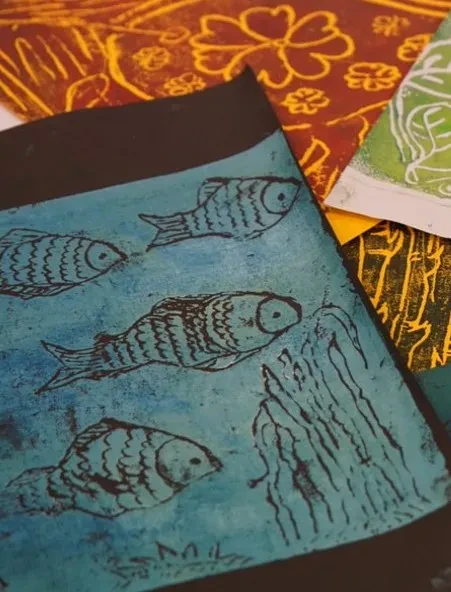
Using Royal Museums Greenwich's collection of botanical drawings and Japanese wood block prints as inspiration, participants created their own floral motifs. Their designs were etched and printed onto a range of materials including cotton, calico, silk and paper.
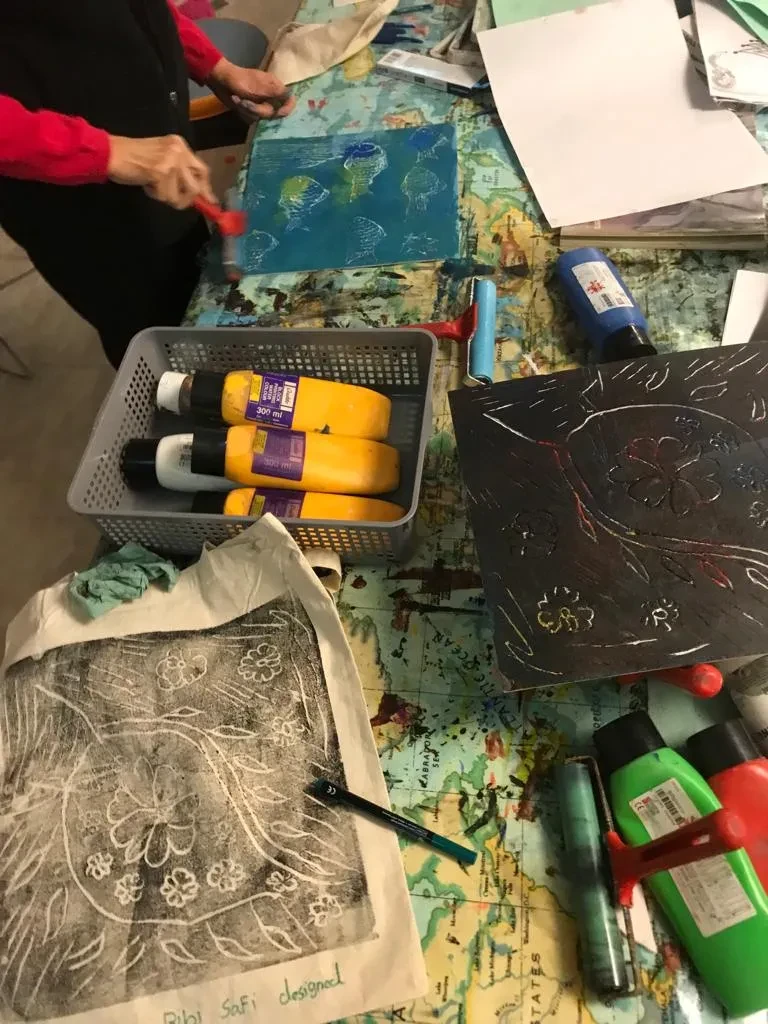
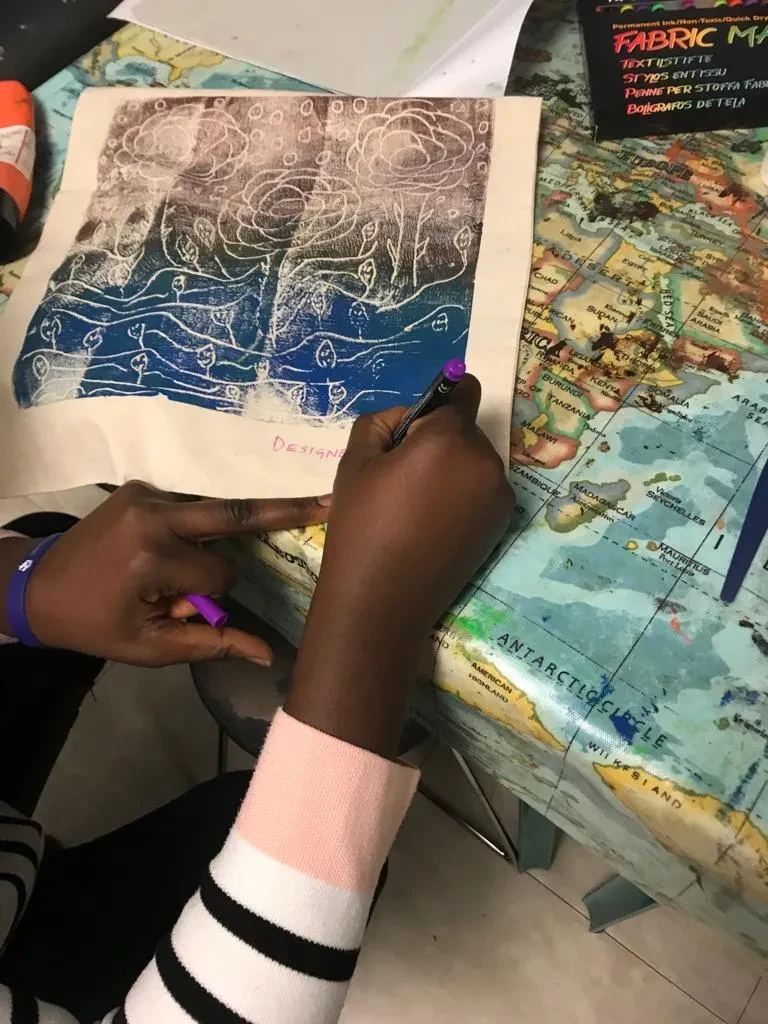
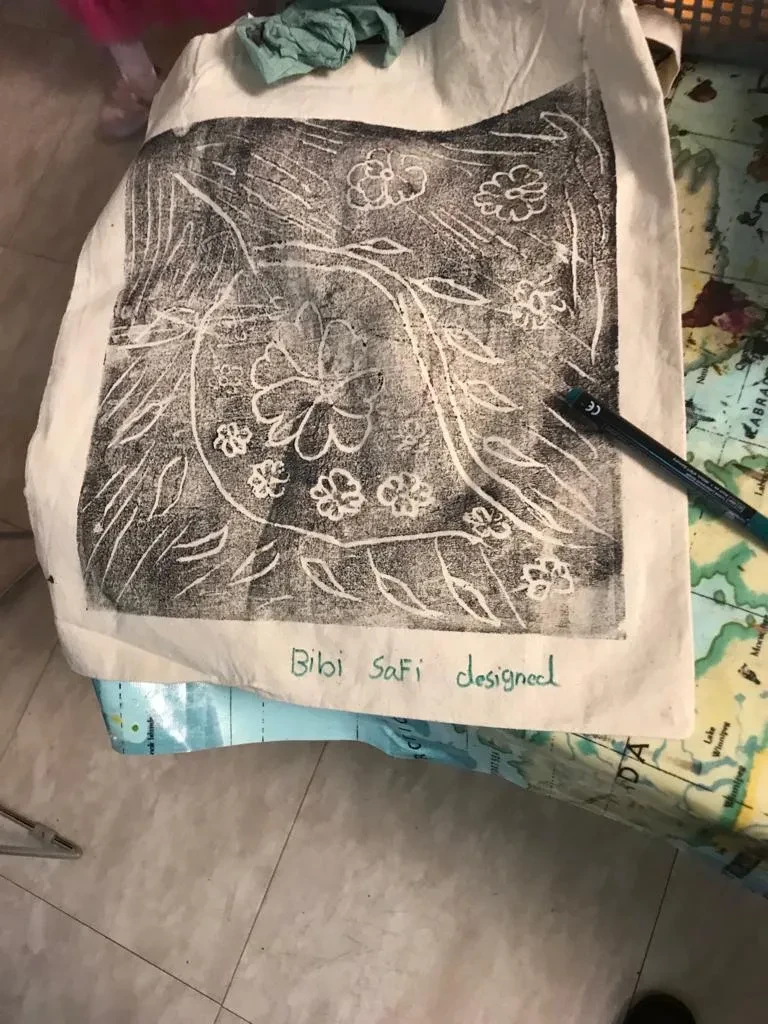
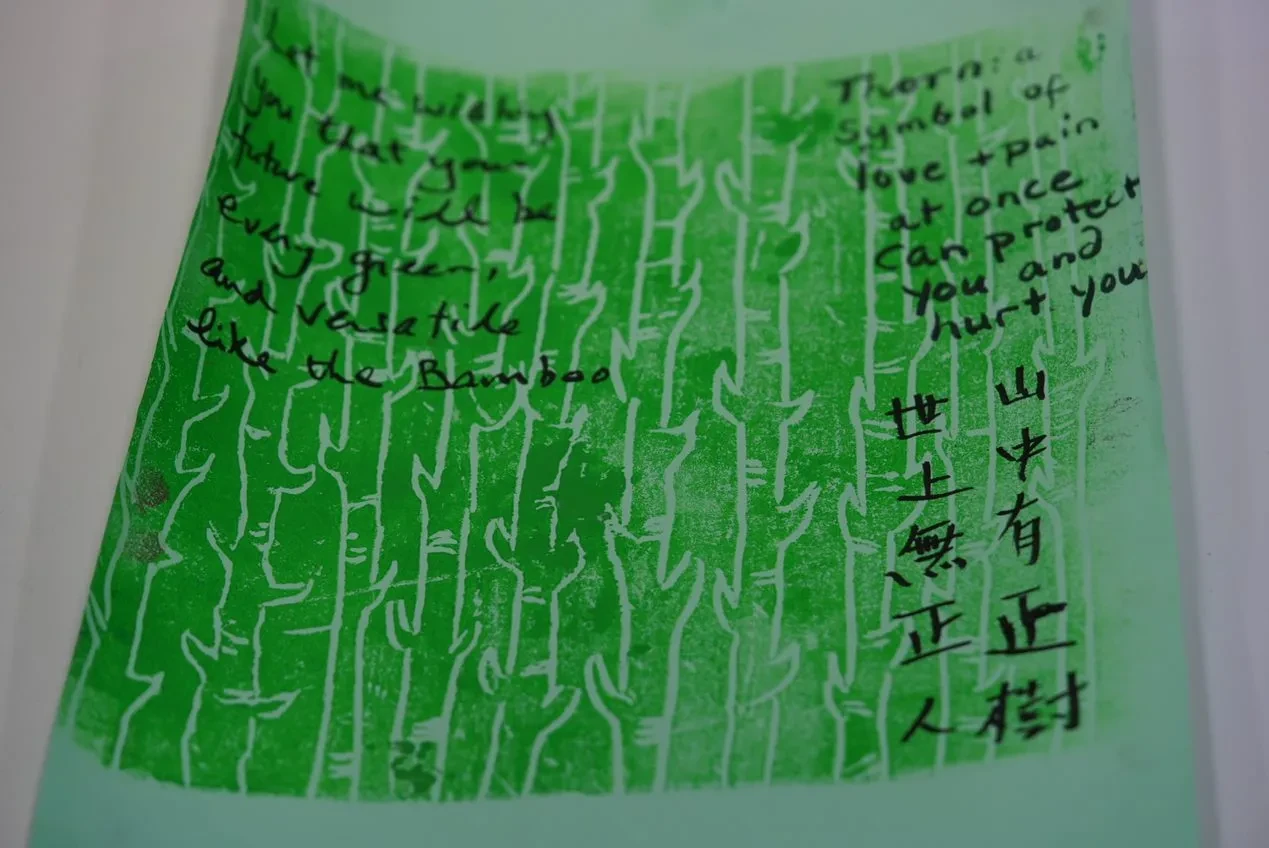
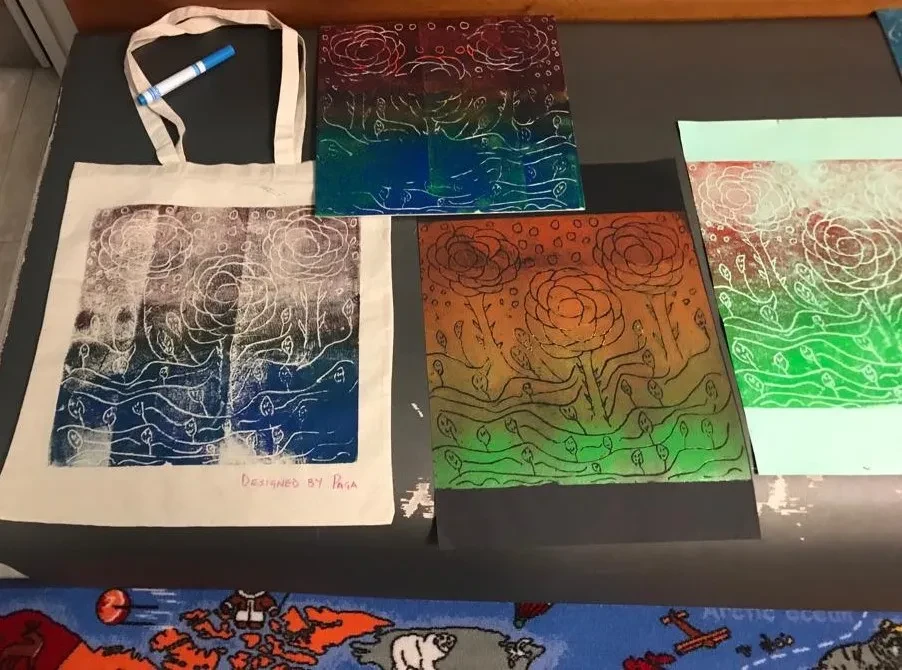
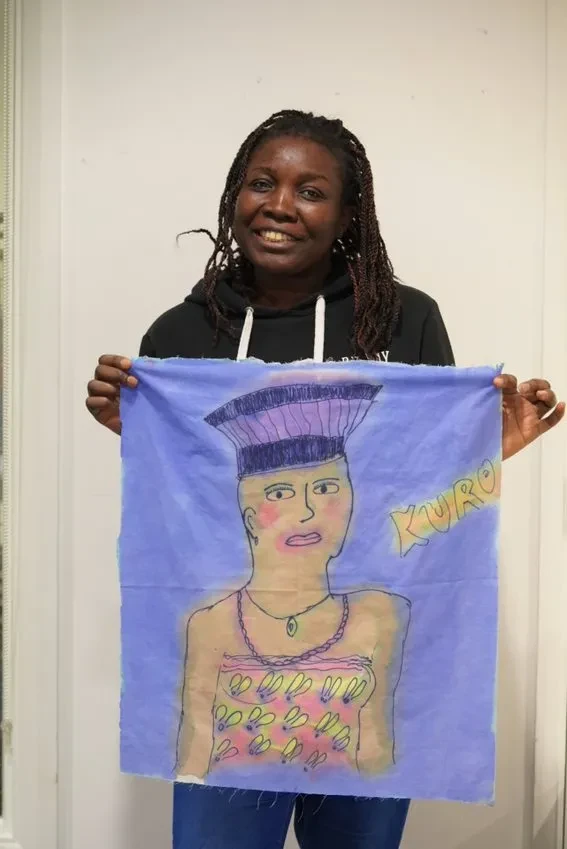
Workshop 3: Textile painting using natural dyes
Recalling the botanics, fruits, flowers and vegetables associated with childhood, participants drew on memory to inspire imagery representing elements of self: past, present and future.
Participants explored the unique properties of organically sourced dyes made from onion skins, berries, cabbage, tea and turmeric, painting directly onto cotton and calico cloth.
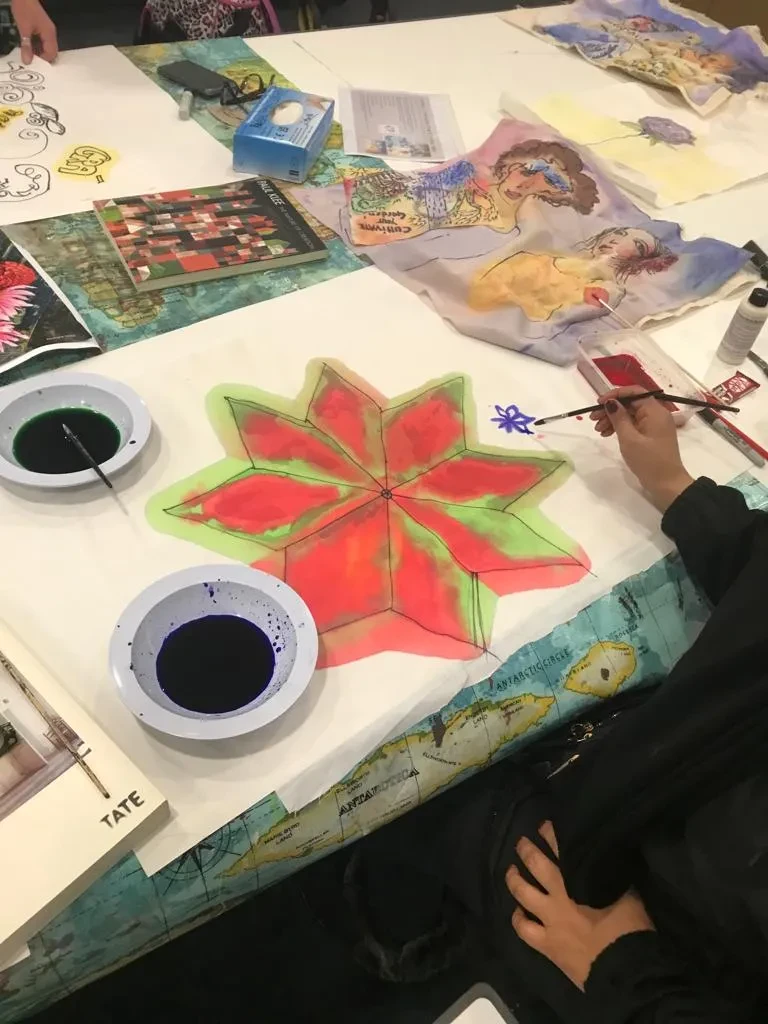
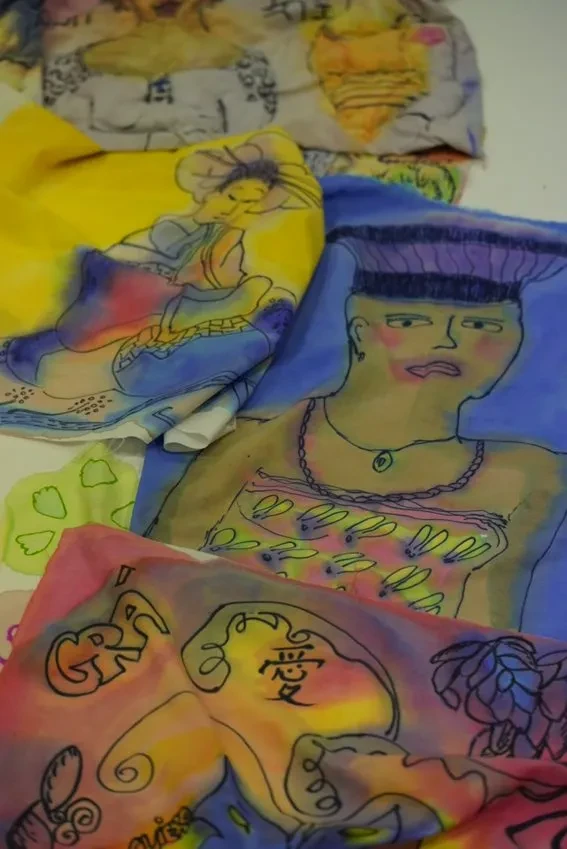
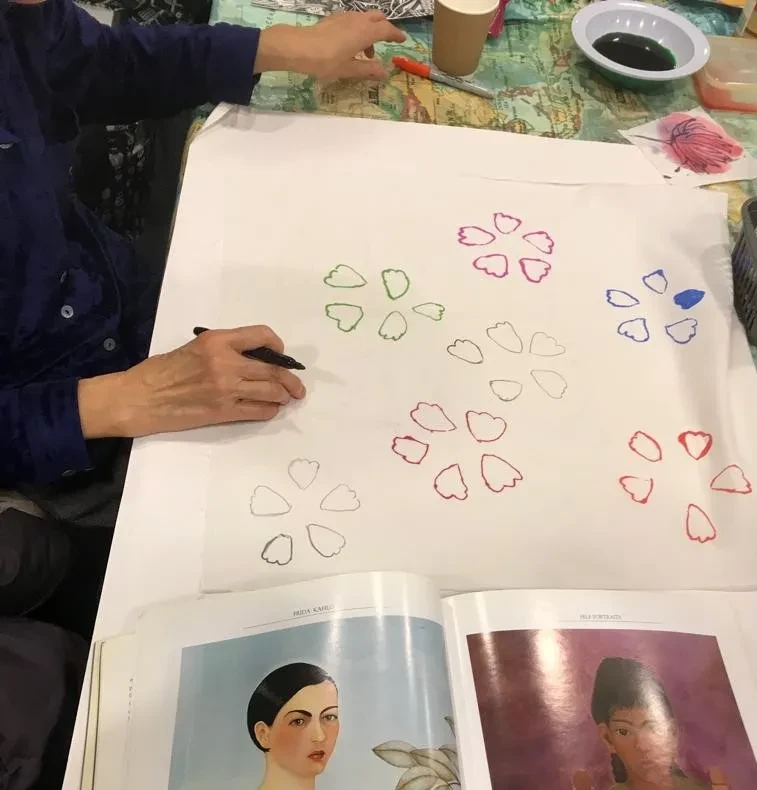
Workshop 4: Mark making and drawing
This session explored the creative qualities of dry mark making materials, from chalk pastels and pencils to charcoals and graphite.
As a starting point, the group looked at the work of female artists who use botanical themes in their work. Participants freely experimented with line, colour, form, texture and pattern to explore the idea of language being a connective thread, anchored to geography, culture and identity.
The group also included references to key words and phrases from their first languages that hold personal meanings.
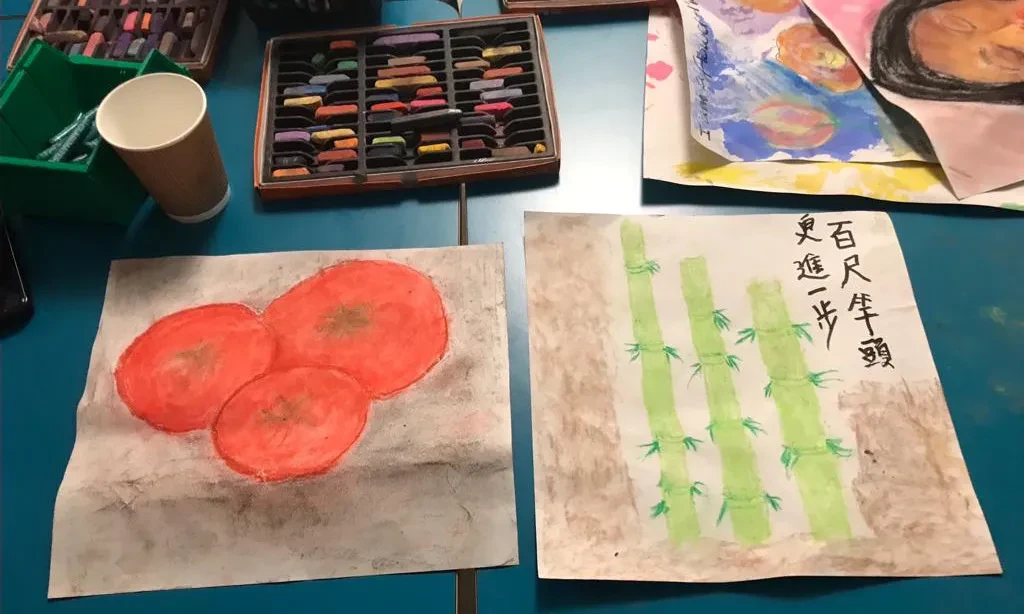
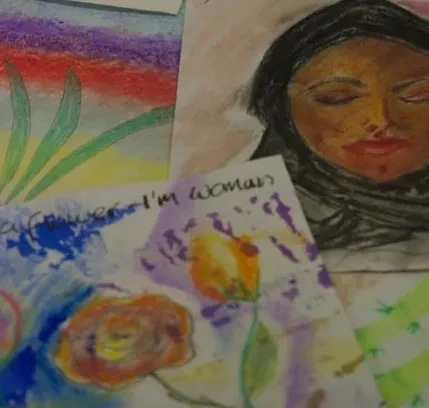
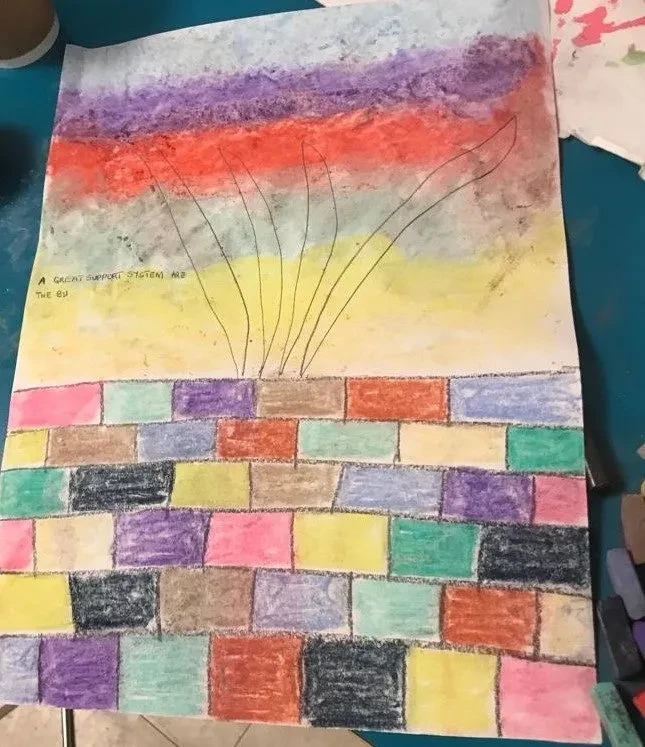
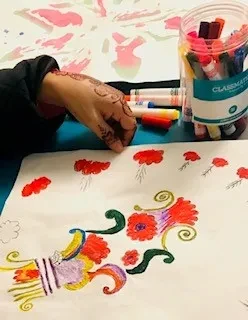
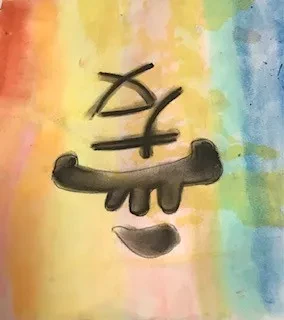
Workshop 5: Plaster casting botanical forms
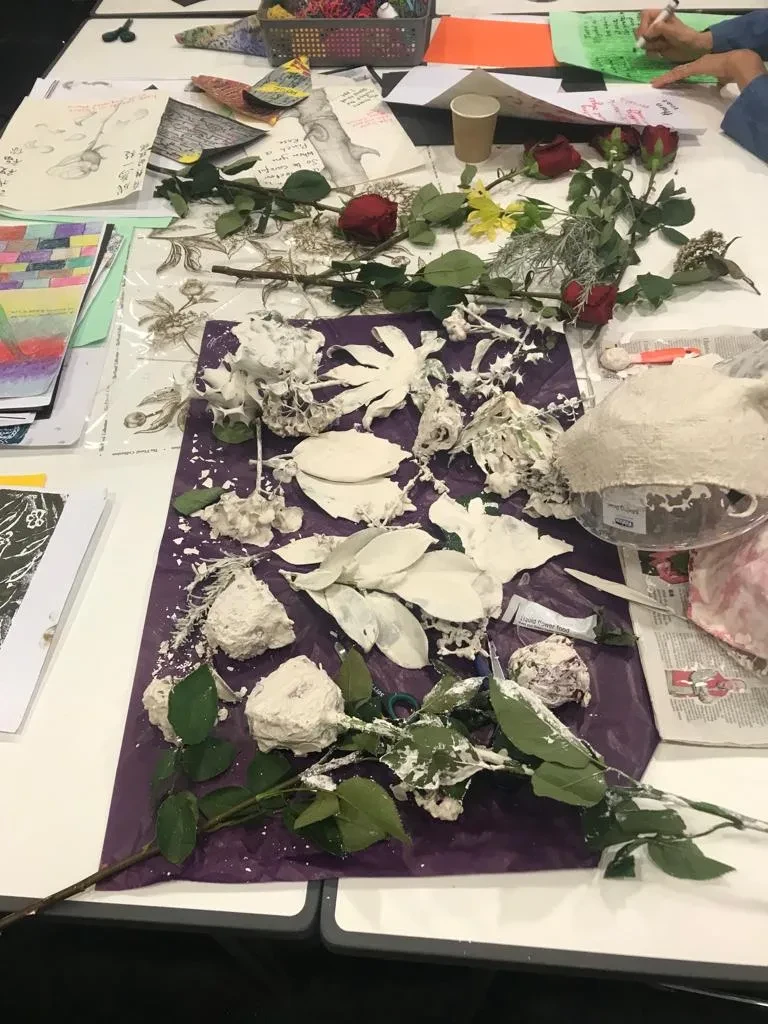
The workshop introduced the process of plaster casting using organic and non organic forms to create a 3D construct.
Using found materials including oak leaves, holly, ivy, winter berries and dried flower heads, participants went on to experiment with using plaster of Paris to cast materials such as textiles.
Workshop 6: Silk painting
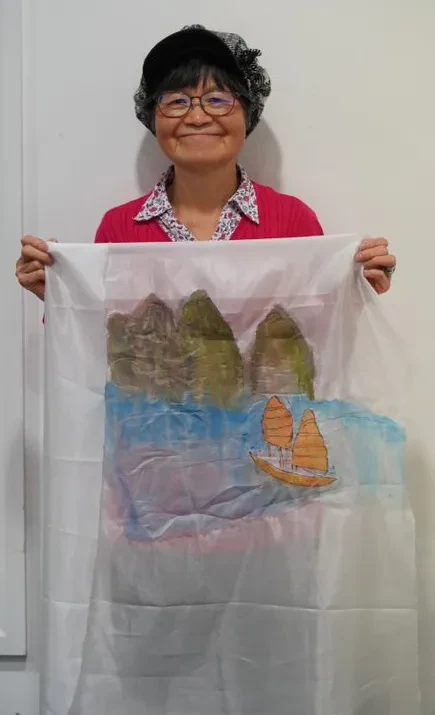
The final workshop celebrated the participants' creative journeys and provided an opportunity to share reflections and insights gained. Ideas centred on memory of childhood environments were explored.
Linking the theme of botanics to location, participants used the skills developed over the course of the project to create a final piece towards the group exhibit.
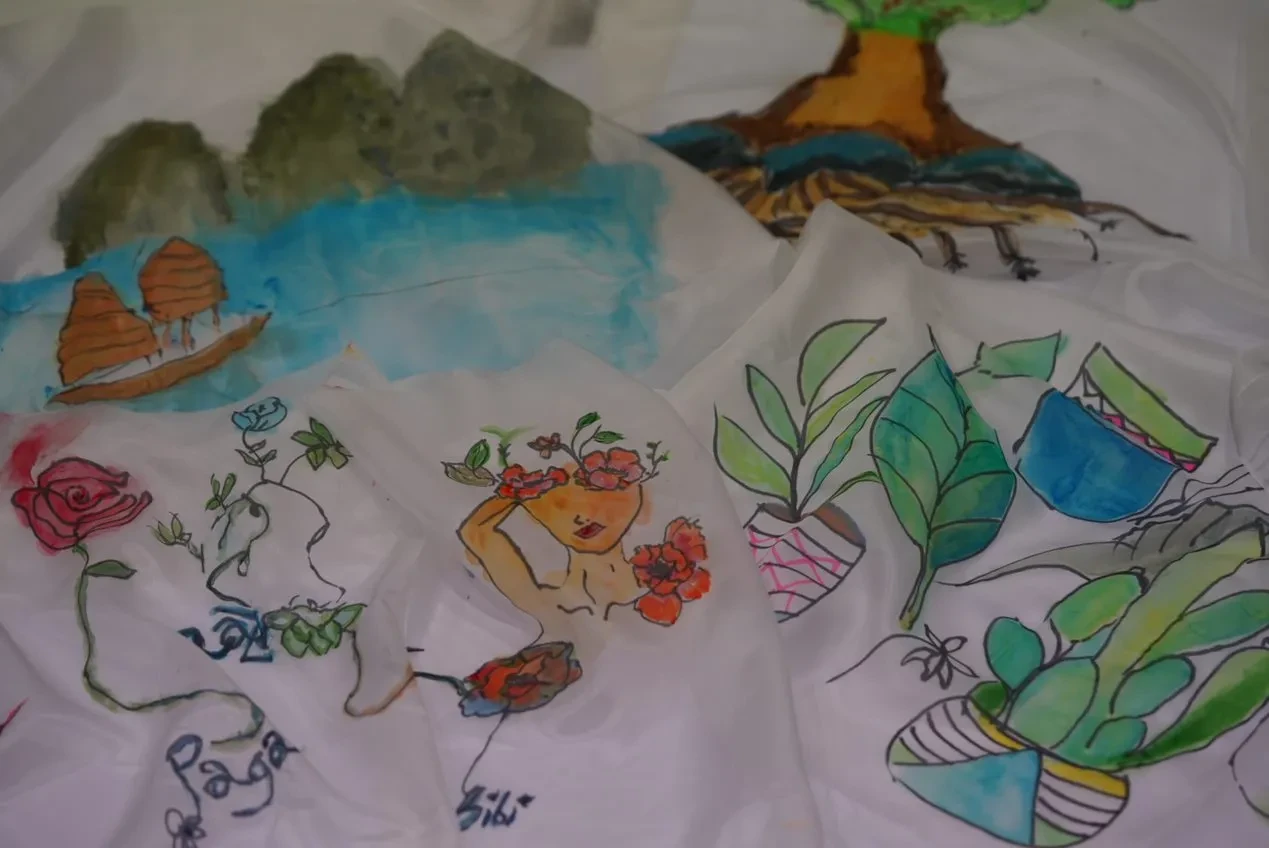
Responses from participants
I feel young again, I enjoyed being a pupil/student again, learning to paint was bringing back my memory of childhood days, no stress, no pressure, no worry about being told off, just let your hair down, let the imaginations go haywire and paint the town in red!
I did the course with my little one, daughter aged two. I now have more learning activities to pass on to my little daughter.
I enjoyed the natural and nurturing ways of the teachers, kind and helpful, encouraging everyone in every ways!
Firstly, I enjoyed expressing myself. Roses can mean many things, so we can express ourselves like a stem and this can be strength and also a support system. We explored how thorns can be both good and bad.
It gave me a sense of pride because I was able to express parts of my culture. The fact that anything can be art, and it doesn’t have to be perfect, that is the meaning of art.
